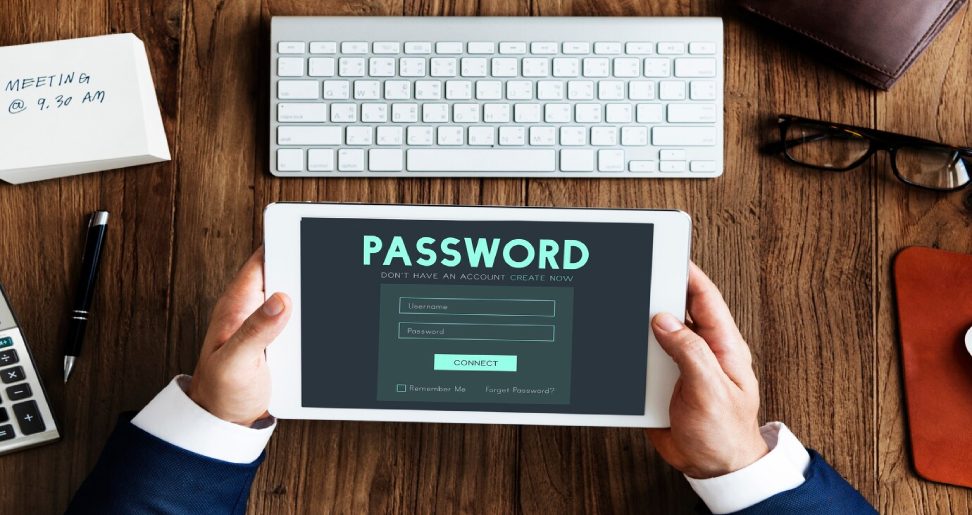In an era where cyber threats are increasingly sophisticated and relentless, traditional password-based authentication methods are rapidly becoming obsolete. The growing consensus among cybersecurity experts is that passwords, despite being a fundamental element of digital security for decades, are no longer sufficient to protect sensitive data. Enter passwordless authentication solutions, a revolutionary approach that promises enhanced security, better user experience, and reduced operational costs.
Understanding Passwordless Authentication
Passwordless authentication eliminates the need for users to enter passwords, instead leveraging alternative methods such as biometrics (fingerprints, facial recognition), cryptographic keys, one-time passwords (OTPs), or push notifications. This shift addresses the inherent vulnerabilities associated with password use, such as weak passwords, password reuse, and phishing attacks.
Why Passwordless Authentication?
- Enhanced Security: Traditional passwords are vulnerable to a myriad of attacks, including phishing, brute force, and credential stuffing. Passwordless methods reduce the attack surface by eliminating the common target—passwords. For instance, biometric data is unique to each individual and far more difficult to replicate or steal.
- Improved User Experience: Remembering multiple complex passwords is a significant burden for users, often leading to frustration and poor security practices. Passwordless authentication simplifies the login process, making it quicker and more intuitive. Users can authenticate with a fingerprint scan or facial recognition, offering seamless access without compromising security.
- Operational Efficiency: Password management is a costly and time-consuming task for IT departments. By adopting passwordless solutions, organizations can reduce the time and resources spent on password resets and account recoveries, which are among the most common helpdesk requests.
Key Technologies Behind Passwordless Authentication
- Biometrics: Technologies like fingerprint scanning, facial recognition, and voice recognition offer unique and hard-to-forge identifiers. These methods are increasingly integrated into devices, making biometric authentication more accessible.
- Public Key Infrastructure (PKI): PKI uses cryptographic keys to secure communications and verify identities. In passwordless systems, private keys stored on user devices authenticate users without transmitting sensitive information over the internet.
- One-Time Passwords (OTPs) and Magic Links: OTPs sent via SMS or email, and magic links that log users in with a single click, offer secure, temporary access without requiring a static password.
- Push Notifications: Authentication apps can send push notifications to users’ mobile devices. Users approve the login attempt with a simple tap, providing a secure and user-friendly alternative to passwords.
Implementing Passwordless Authentication: Best Practices
- Choose the Right Method: Different contexts require different authentication methods. For example, biometrics may be ideal for mobile devices, while PKI might be better suited for enterprise environments.
- Ensure Accessibility: Passwordless solutions should be designed to accommodate all users, including those with disabilities. This inclusivity ensures that security enhancements do not come at the cost of usability for any group.
- Educate Users: Transitioning to passwordless authentication requires user education. Organizations must communicate the benefits and usage of the new system clearly to ensure smooth adoption.
- Integrate with Existing Systems: A phased approach that integrates passwordless solutions with existing systems can help organizations transition without disruption. Ensuring compatibility with current infrastructure is crucial for a smooth implementation.
The Road Ahead
Passwordless authentication is not just a trend; it represents a significant evolution in how we approach digital security. As technology continues to advance, the adoption of passwordless solutions will likely become the norm, driven by the need for better security, enhanced user experience, and operational efficiencies.
Organizations that embrace passwordless authentication early will be better positioned to safeguard their data, reduce the risk of breaches, and provide a superior user experience. The future of digital security is passwordless, and the time to adopt these innovative solutions is now.
Also Read


